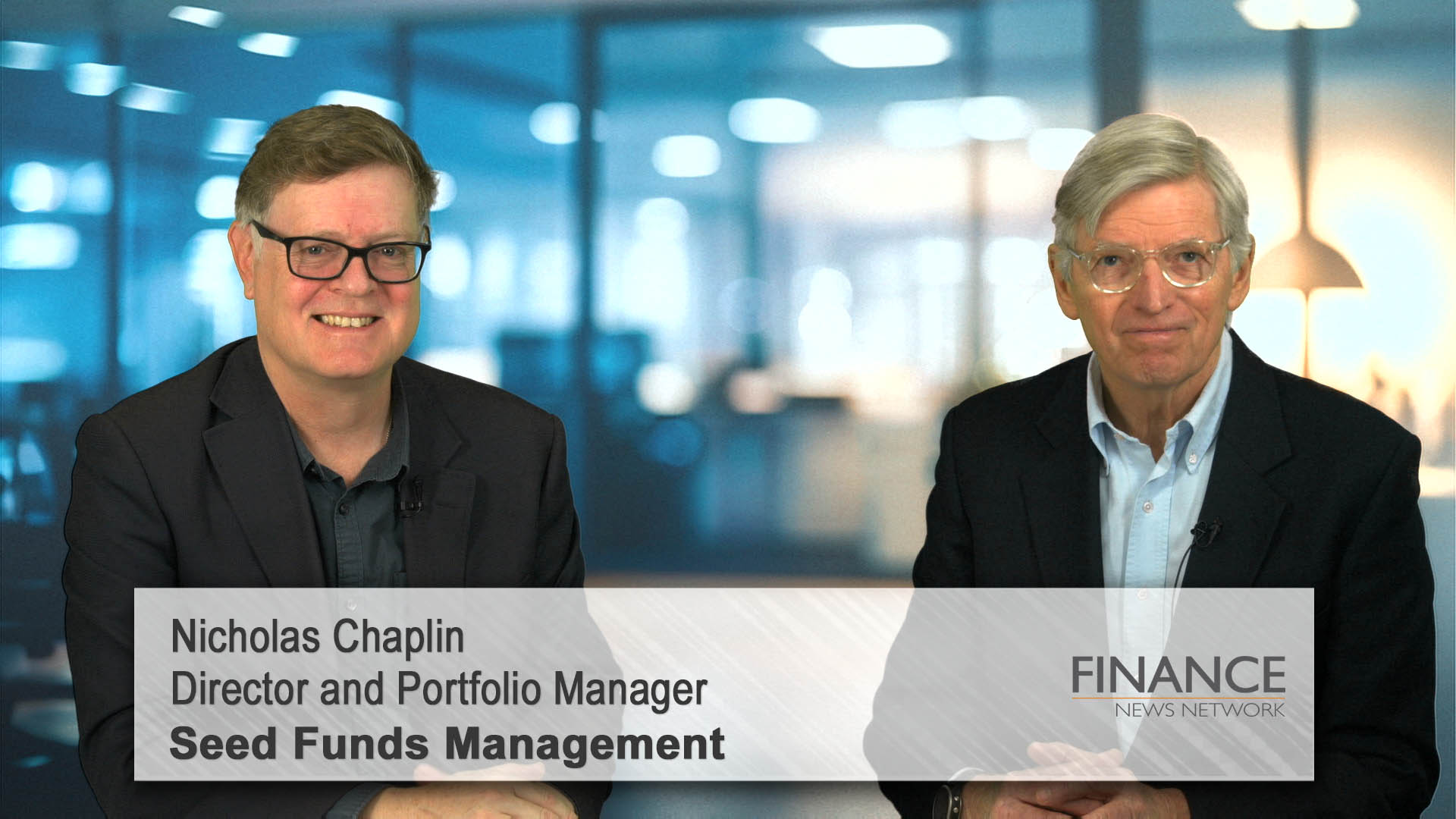The past year saw several significant macro events such as a banking crisis, a debt showdown, war and decoupling. Ultimately, these events shifted the outlooks for overall demand and supply, in turn having impacts on the three drivers of equity market returns: the profit outlook, interest rate outlook and risk premiums.
Let’s apply this framework to the next 18 months or so, starting with the most important driver of stock returns: the profit outlook.
The near-term profit outlook looks tepid, as ongoing improvements in supply alongside tapering demand will continue to weigh on both growth and inflation. Importantly, both supply and demand are working to reduce inflation, giving us confidence inflation is on track to return to target levels – though of course it won’t get there in a straight line. There are two important points about the slower- than-expected decline in inflation. The first is that assuming central banks don’t overreact, a more gradual slowdown is not necessarily bad – if inflation and growth had plummeted, then the impact on investment returns would have been negative. The second is the policymakers’ actions to slow inflation have had predictable impacts: those companies most reliant on low rates and easy money have been hurt most, and lower-income households have shown stress before middle- income and higher-income households. If these impacts were not explainable then investors and policymakers would be in a bad position, as decision-making would be more challenging and errors more frequent.
However, improving supply and tapering demand are pushing growth in opposite directions with two noteworthy impacts. The first impact is the net effect on growth will be negative, mainly because monetary, fiscal and trade policy settings are all tightening. The second impact is mathematical: the likelihoods of the best- and worst-growth scenarios are decreasing, with less extreme scenarios becoming more likely. Taking all of this into account, we retain a soft landing as our base case – but, as discussed later, we view a harder landing as more likely than no slowdown at all.
Slowing growth is having other important impacts on investment risks and returns. This is also explainable – slower growth results in unhappy voters/citizens, who governments then attempt to compensate. For instance, during covid-19’s most uncertain period this compensation had to be quickly designed and distributed, so policymakers rapidly eased monetary and fiscal policy with little consideration of the medium- to longer-term impacts. Right now, policymakers have more time to design responses to slower growth that take into account longer-term considerations. Increasingly it appears as though the cost of voter compensation will be shared between fiscal policy, monetary policy and the corporate sector, which will hurt profits and stock prices. Both regulatory risk (i.e. using existing laws) and political risk (i.e. instituting new laws) are rising and this is most observable in China, where economic growth – and therefore improvements in citizens’ living standards – has been lower than desired. The Chinese government has increasingly been meddling in the private sector for three reasons: as discussed, to use company profits to compensate citizens; to prevent companies or individuals from gaining prominence that may threaten the government at a time when its popularity is under pressure; and to reduce China’s reliance on the West as geopolitical tensions rise. While all three have been cutting the attractiveness of Chinese companies for several years, the effects are broadening, as evidenced by increasing restrictions on foreign companies’ ability to access and use Chinese- sourced data. This is a growing headwind to profitability for Western companies operating in China.
The same feedback loop is working in the West. The US debt ceiling crisis was solved in June because it threatened voters’ incomes (fewer jobs) and wealth (lower asset prices). Elsewhere, Big Tech regulation has progressed slowly because it has had positive and negative impacts on national security and voter wellbeing; 2016 election interference and rising partisanship are offset by “free” internet services and cheap online shopping that is delivered quickly. Looking forward, however, rapid advances in Artificial Intelligence (AI) will also have positive and negative effects. But if AI threatens national security or voter wellbeing, perhaps by making many workers redundant, then it’s likely there will be a regulatory or political response that curbs profits and weighs on stock prices. Unlike the destruction of factory jobs in the rust belt, it will be difficult to blame a foreign adversary for these job losses, so a domestic target will be in the firing line. A similar pattern looks to be unfolding in Europe, as Germany’s prosperous period that was built on cheap Russian energy and profitable exports to China is under threat. A less-rosy outlook for German growth will not only reduce the country’s ability to influence European fiscal, monetary and political settings, but will also put pressure on the German and potentially other European governments to compensate voters. This may involve asking the corporate sector to share some of their spoils.
The next driver of stock returns is interest rates. While higher interest rates dragged on stock returns in the past year, such a large headwind is unlikely in the next 18 months. That’s because central banks’ policy interest rates have moved into restrictive territory from an unusually accommodative setting, and these rate increases are having the desired effect on demand, growth and inflation. The key question is not whether there will be one, two or three more policy rate increases in coming months, but whether or not there will be a sustained move in interest rates in either direction. From our vantage point, interest rates look set to remain broadly where they are in the near term to ensure inflation gets back to target before falling back a little as monetary policy returns to a more neutral setting. A return to the extraordinarily low rates during covid seems unlikely in the absence of a severe and negative demand or supply shock. For investors, this means interest rates will have far less influence on investment returns than in previous years.
The final driver of stock returns is risk premiums. Risk premiums fell sharply over the past year, and we estimate their positive contribution to stock returns outweighed the combined drag from a lowered profit outlook and higher interest rates. But the fall in risk premiums left them at a level that is low not only by historical standards but also compared to the amount of risk investors face.
Looking back over history, risk premiums typically spike higher before slowly returning to a low level – a bit like a sawtooth pattern. A good example was in March 2020 when risk premiums spiked in response to the unfolding pandemic before gliding lower as policymakers announced massive stimulus packages. Because of the unpredictability of shocks, it is challenging to make high-conviction predictions about when risk premiums will spike. But investors can have a higher level of conviction on whether risk premiums are unusually high or low. They appear to be unusually low right now.
We’ve discussed our base case outlook for demand and supply, and also the equity market, for the next 18 months. However, many possible events may shift our base case, making these important for investors to be aware of and monitor.
- Overtightening of monetary policy. This would mean the demand outlook is much weaker than expected, leading to slower-than-expected growth and inflation. It is possible that excessive interest rate hikes cause an innocuous event, which then creates a snowballing of job losses and a downward spiral in consumer and business sentiment. This is the main reason why the balance of risks to our soft landing expectation is to the downside.
- Financial system stability. In the past year, stability was tested in the US and Europe with potential hits to supply and demand from lower asset prices, loan growth and employment avoided by the actions of politicians and central bankers. While some of these failures can be described as idiosyncratic, they were triggered by tighter monetary policy settings that remain in place. Accordingly, further episodes of instability can’t be ruled out.
- Credit risk. The headwinds faced by the commercial real estate industry are well known and have not fully played out. Clearly, a rapid collapse in prices would hurt demand. Conversely, a widespread and fast return to offices by workers would reduce this risk.
- US-China. The countries’ deep economic relationship acts as mutually assured economic destruction, reducing the likelihood of severe confrontation and conflict. Decoupling is weakening this relationship in certain areas – those critical for national, economic and health security – in a relatively controlled fashion. That said, decoupling well beyond these areas would raise the likelihood of both confrontation and conflict, which would hurt both demand and supply. This risk is rising cyclically in the lead-up to the US elections next year as politicians seek to outdo each other’s tough- on-China policies, and this risk could rise even further if Republicans perform well in the election. On the Chinese side, nationalism is a key threat to the government’s goal of a smooth rearrangement of China’s international trading relationships.
- Russia. The impact on investment returns of Russia’s invasion of Ukraine was relatively minor due to resilient demand, rapid re-routing of supply chains and a warm European winter. We believe another mutiny or coup in Russia is unlikely to result in material investment risk for investors for two reasons; many countries and companies have already reduced their Russian Exposure, and Russian leaders are highly unlikely to voluntarily disrupt supply as they need hard currency provided by exports. That said, investors need to be wary of the risks of compromised nuclear security and isolationist Russian politicians.
- Technological change. Progress has been remarkable in the past few years with brand-new mRNA vaccines providing a faster pathway out of covid lockdowns, and advances in Artificial Intelligence potentially opening up a step-change in productivity. Both are positive for supply, though the impact of Artificial Intelligence is unclear as we are in the early stages of discovery and implementation.














